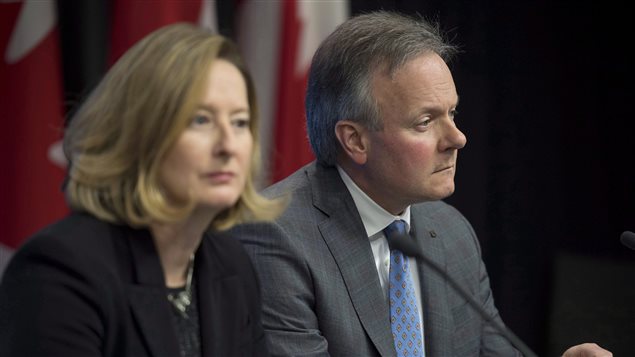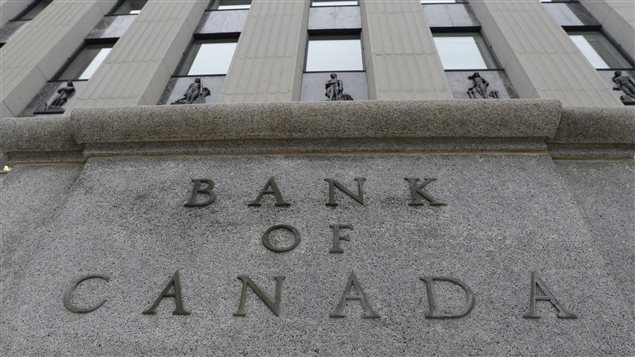Canadians will have to pay more to borrow money from banks after the country’s central bank raised its key lending rate by a quarter percentage point to 1.25 per cent on Wednesday despite looming uncertainty over the future of the North American Free Trade Agreement (NAFTA).
It’s the third time the Bank of Canada has moved its benchmark rate from once-record lows last summer.
The central bank’s rate in turn affects rates that Canadians get from their retail banks for things like mortgages, credit lines, savings accounts and Guaranteed Investment Certificates (GIC).
The hike means that borrowers who have variable rate mortgages, credit lines and loans will have to pay more. On the flip side savers can expect to earn more, too.
“Today’s rate hike was a rear-view mirror move, but the Bank of Canada hints that the view out the front window isn’t quite as sunny,” CIBC Capital Markets Chief Economist Avery Shenfeld wrote in a note to clients. “Canada did so well in 2017 that it left little slack in labour markets or capacity in its wake, easily justifying a quarter-point hike today.
Recent data have been strong, inflation is close to target, and the Canadian economy is operating roughly at capacity, the bank said in a statement.
“However, uncertainty surrounding the future of the North American Free Trade Agreement (NAFTA) is clouding the economic outlook,” it warned.

The bank said it expects global economy to continue to strengthen, with growth expected to average 3.5 per cent.
In particular, there are signs of increasing momentum in the U.S. economy, Canada’s largest trading partner, which will be boosted further by recent tax changes, the bank said.
But while global commodity prices continue to grow, the benefits to Canada are being diluted by wider spreads between benchmark world and Canadian oil prices, the bank said.
According to the bank’s projections, Canada’s real GDP growth is expected to slow to 2.2 per cent in 2018 and 1.6 per cent in 2019, following an estimated 3 per cent in 2017.
The bank expects inflation to remain around 2 per cent in the months ahead.
While emergency level rates may not be needed, that doesn’t mean that the central bank is in a rush to continue hiking interest rates, TD senior economist Brian DePratto said in a note to clients.
“NAFTA uncertainty hangs over the outlook, with the bank explicitly downgrading the outlook for business investment and trade to account for the impact of negotiations,” DePratto said. “What’s more, despite the positive run of labour market data, wage growth remains weaker than the bank had expected.”
With files from CBC News







For reasons beyond our control, and for an undetermined period of time, our comment section is now closed. However, our social networks remain open to your contributions.